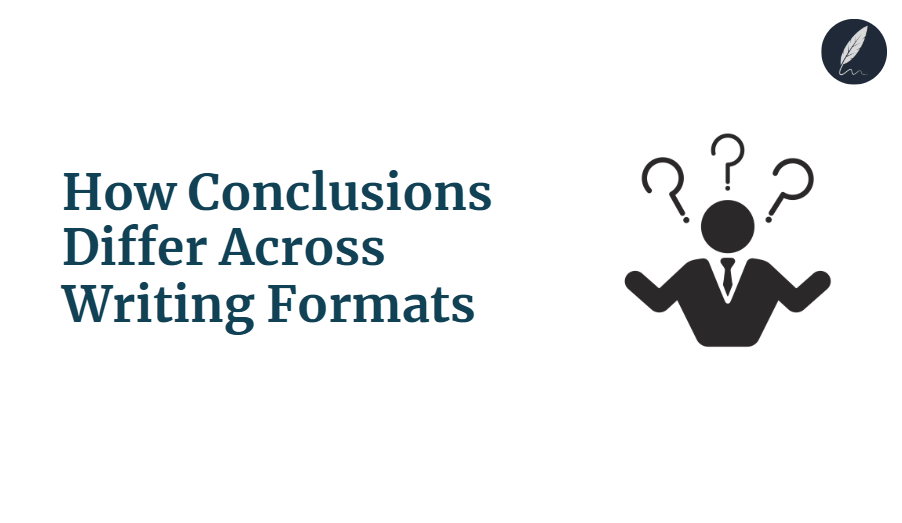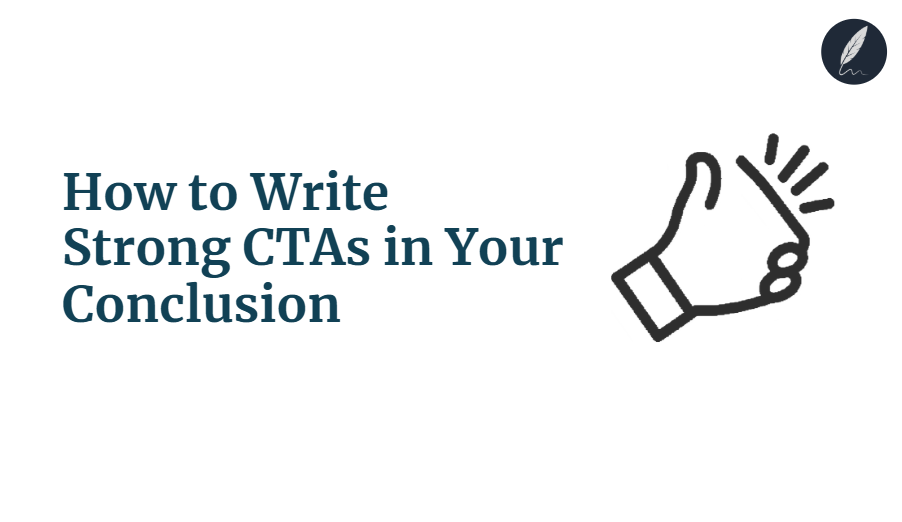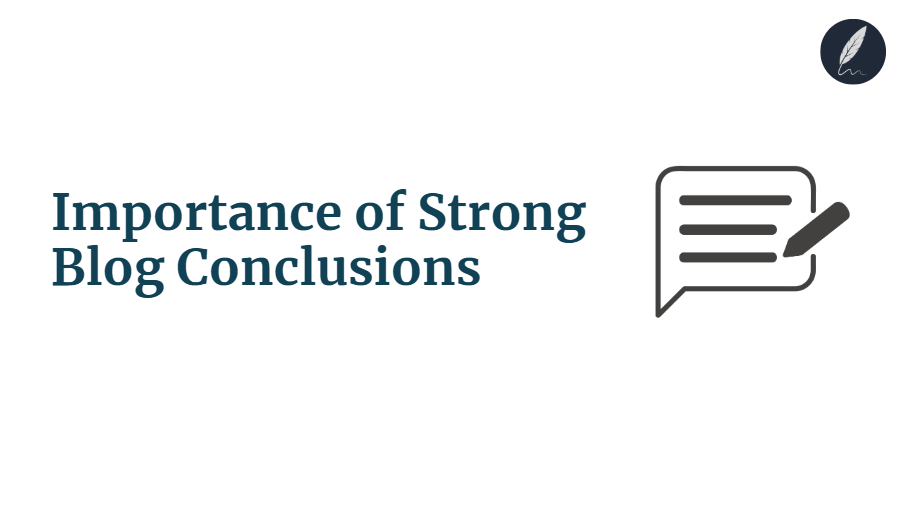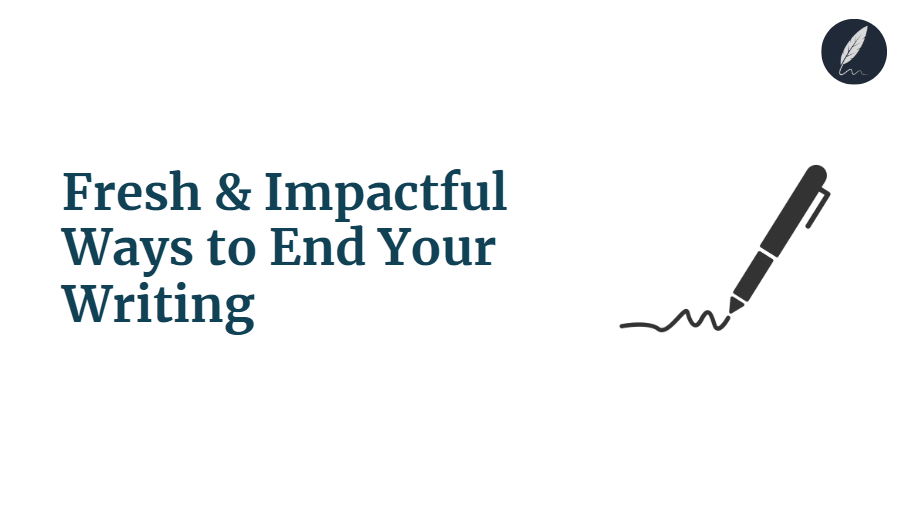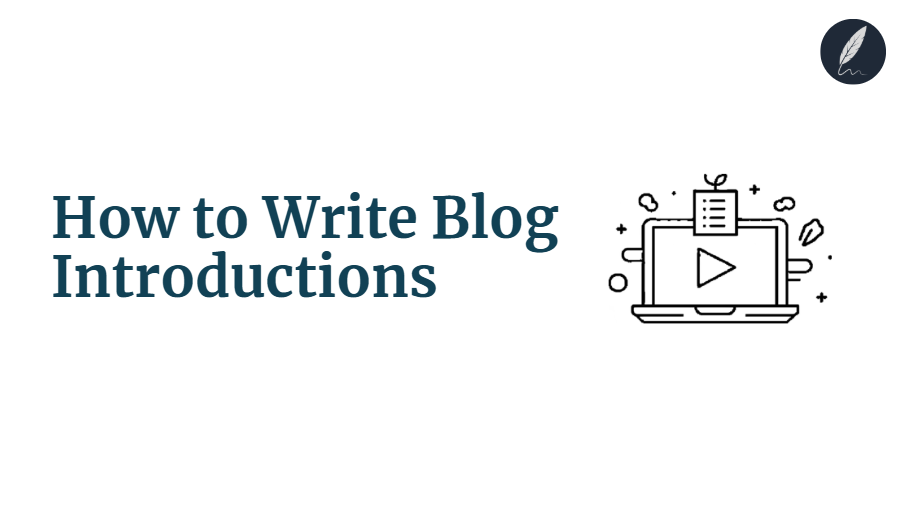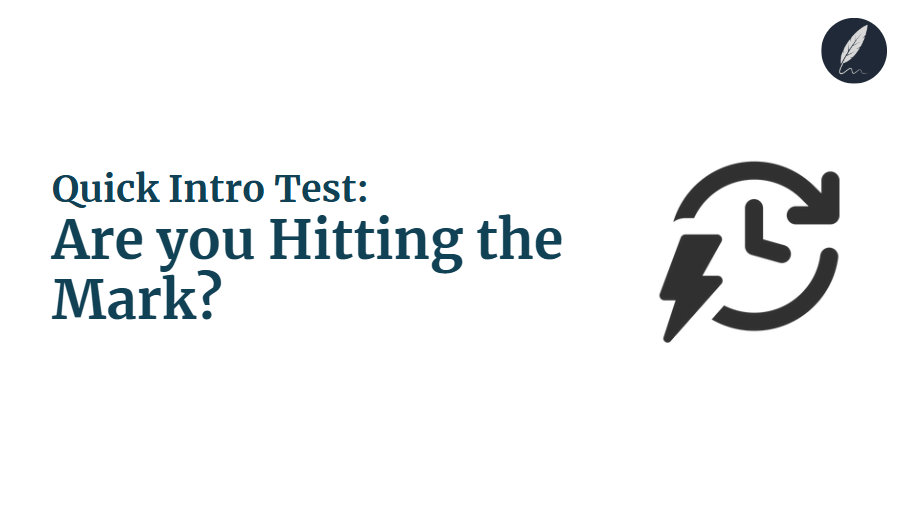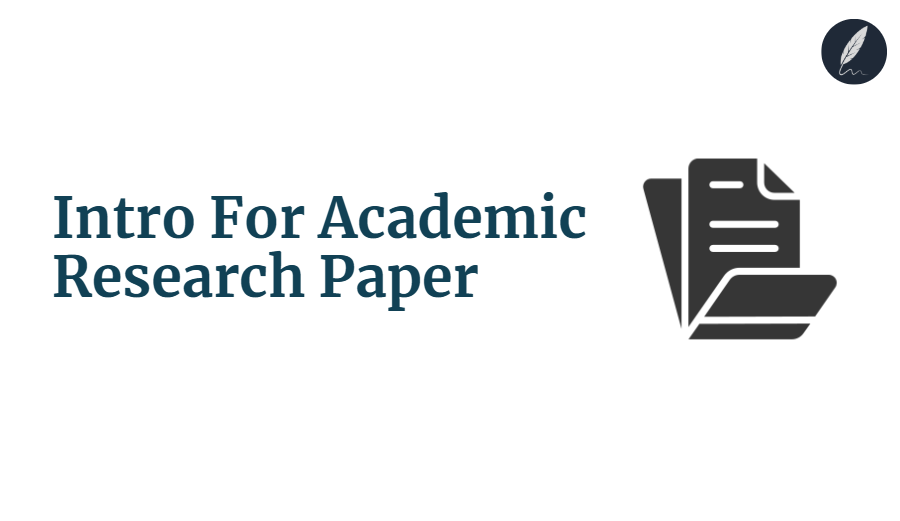Ever felt your article’s ending missed the mark? A conclusion is far more than just a final sentence, it’s your last chance to leave a powerful, lasting impression.
The secret is in understanding how conclusions differ across various writing formats. There’s no “one-size-fits-all” solution, and adopting the wrong approach can weaken your message.
You’ll explore practical conclusion examples across different writing formats, learning how to tailor your final words to suit your specific purpose and audience.
Key Takeaways
- Tailor Your Endings: Conclusions are not one-size-fits-all. Adapt your closing to the specific writing format, audience, and purpose for maximum impact.
- Academic vs. Business: Academic conclusions synthesize arguments and suggest future research. Business conclusions focus on clear recommendations and calls to action.
- Creative & News: Creative endings offer emotional resolution or thematic closure. News conclusions summarize facts and provide a concise final thought.
- Technical Precision: Technical document conclusions summarize findings, practical applications, and outline future work with objective clarity.
- Avoid Common Pitfalls: Never introduce new information or simply repeat points. Always provide clear closure appropriate for the genre.
The Universal Purpose of a Conclusion
Understanding how conclusions differ across various writing formats starts with recognizing their fundamental, shared goals. These core functions ensure your writing leaves a clear and lasting impression.
Here are the universal reasons why conclusions are so important in any piece of writing:
- Providing Closure: A conclusion acts like the final bow after a play. It clearly signals to the reader that the discussion is coming to an end. Without a proper conclusion, a piece of writing can feel unfinished or confusing, leaving the reader hanging.
- Summarizing Key Points: Think of this as a quick, smart recap. A conclusion doesn’t just repeat what you’ve already said. Instead, it briefly brings together the main arguments, findings, or ideas presented throughout the text. This helps readers remember the most important information, especially after reading a long or complex document.
- Reinforcing the Main Idea: This is crucial for making your central message stick. Your conclusion should bring the reader back to the main point or thesis you introduced at the beginning. By restating it in a fresh way, you strengthen your core argument and ensure it resonates strongly with your audience.
These universal purposes lay the groundwork for understanding the specific types of conclusions and conclusion styles we’ll explore in the next sections, showing why tailoring your approach to conclusions across various writing formats is so vital.
Understanding How Conclusions Differ Across Writing Formats
The right way to end depends entirely on your document’s purpose, your audience, and the specific format. This section will explore different types of conclusions and their unique characteristics, emphasizing distinct conclusion styles across various writing formats.
Understanding these differences will help you craft powerful and appropriate endings every time.
1. Academic Writing Conclusions:
- Purpose: To synthesize arguments, restate the thesis (not rehash), discuss broader implications, and suggest future research. Academic conclusions are critical for formal communication.
- Key Elements:
- Restatement of Thesis (in new words).
- Summary of Main Arguments (synthesis, not repetition).
- Broader Implications or Significance of Research.
- Suggestions for Future Research or Unanswered Questions.
- Final concluding thought that provides closure.
- Stylistic Nuances: Formal, objective, precise, avoids new information. Focuses on logical flow and intellectual closure.
- Actionable Tips:
- Avoid introducing new evidence or arguments.
- Show how your points fit together, rather than just listing them.
- End with a statement that resonates beyond the scope of the paper.
2. Business and Professional Writing Conclusions:
- Purpose: To summarize recommendations, call to action, reinforce key takeaways, and ensure clarity for decision-making. Essential for effective writing conclusions for various documents in a professional setting.
- Key Elements:
- Summary of Key Findings or Recommendations.
- Clear Call to Action (CTA) or Next Steps.
- Reiteration of Benefits or Value Proposition.
- Expression of Confidence or Commitment.
- Stylistic Nuances: Concise, persuasive, actionable, professional, direct.
- Actionable Tips:
- Be explicit about what you want the reader to do next.
- Quantify benefits or impacts where possible.
- Focus on brevity and impact.
3. Creative Writing Endings:
- Purpose: To provide emotional resolution, thematic closure, leave a lasting impression, or sometimes deliberate ambiguity. These creative writing endings are about feeling, not just facts.
- Key Elements:
- Resolution of Character Arcs or Conflict.
- Thematic Resonance and Reinforcement.
- Lingering Questions or Ambiguity (if intended).
- Evocative Imagery or Symbolism.
- Stylistic Nuances: Evocative, suggestive, artistic, open to interpretation, focuses on mood and feeling.
- Actionable Tips:
- Don’t over-explain, trust the reader to connect the dots.
- Consider the emotional arc of your story.
- Decide if you want a definitive ending or one that lingers.
4. Journalistic and News Conclusions:
- Purpose: To summarize key facts, offer a final thought, or look ahead to potential developments.
- Key Elements:
- Summary of Main Point or Most Important Fact.
- “Kicker” Sentence: A concise, impactful final statement.
- Relevant Quote.
- Stylistic Nuances: Objective, concise, factual, sometimes slightly reflective.
- Actionable Tips:
- Ensure the conclusion adds a final layer of insight without introducing new facts.
- Keep it brief and to the point.
- Avoid sensationalism unless the story warrants it.
5. Technical Documentation Conclusions:
- Purpose: To summarize findings, reiterate practical applications, outline future work, or state limitations. These conclusions must be precise and clear.
- Key Elements:
- Summary of Key Findings or Outcomes.
- Reiteration of Practical Applications or Benefits.
- Outline of Future Work, Next Steps, or Recommendations.
- Statement of Limitations or Scope.
- Stylistic Nuances: Precise, factual, objective, clear, avoids ambiguity and subjective language.
- Actionable Tips:
- Be hyper-specific about results and implications.
- Avoid jargon where plain language suffices, or define terms clearly.
- Focus on utility and what the reader can do with the information.
Write smarter with Orwellix
The Orwellix AI Capabilities that helps you craft clearer, more effective content.
Conclusion
Mastering conclusions across writing formats means much more than just ending a piece. It’s about carefully creating a finish that truly connects, persuades, or informs your reader.
We’ve seen how conclusions differ greatly across academic, business, creative, journalistic, and technical writing. Each of these types of conclusions needs its own special approach to purpose, style, and content.
Knowing these different conclusion styles is key for communicating well in any area. By wisely tailoring your writing conclusions for various documents, you help your words leave a strong and fitting impression.
Frequently Asked Questions (FAQs)
1. How is a conclusion in an academic paper different from one in a blog post?
A conclusion in an academic paper is formal and objective. Its main purpose is to synthesize arguments, restate the thesis in new words, and often suggest areas for future research. It avoids new information and aims for intellectual closure.
In contrast, a blog post conclusion is usually more informal and engaging. It often summarizes the main takeaway and aims to connect with the reader personally, perhaps by asking a question, sharing a final thought, or including a call to action.
2. How should a conclusion in a business report be structured to be most effective?
For a business report, an effective conclusion focuses on action and clarity. It should begin by briefly summarizing the key findings or recommendations from the report. Avoid introducing any new information here.
Next, include a clear Call to Action (CTA) that tells the reader exactly what you want them to do, such as “approve the proposal” or “schedule a follow-up meeting.” Finally, briefly reiterate the main benefits or value of your recommendations. This structure ensures your conclusion is concise, persuasive, and helps drive decision-making, highlighting an important type of conclusion.
3. Are conclusions always necessary in every writing format, or can some pieces end abruptly?
Conclusions are almost always necessary because they provide essential closure and help readers remember your main points. Without one, writing can feel unfinished or unclear.
However, there are rare exceptions. Very short, informal pieces like a brief memo, an urgent news alert, or a simple list might not require a formal conclusion if their main point is immediately clear.
For most writing formats, such as articles, reports, or academic papers, a well-written conclusion is crucial for leaving a lasting and appropriate impact.
4. Should the length of a conclusion vary significantly based on the document’s overall length or format?
Yes, the length of a conclusion should definitely vary based on the document’s overall length and format. For a short article or blog post, a conclusion might be just a few impactful sentences. For a long research paper or detailed business report, it could be a full paragraph or even two.
The key is proportionality, a conclusion should be long enough to effectively summarize, reinforce, and provide closure without repeating information or dragging on unnecessarily.
5. What are common pitfalls to avoid when writing conclusions for different genres?
When writing conclusions for different genres, avoid these common mistakes:
- Introducing New Information: The conclusion is not the place for new facts, arguments, or evidence. It should only summarize what’s already been discussed.
- Simply Repeating: Don’t just rehash sentences from your body paragraphs. Instead, synthesize your points, showing how they connect and support your main idea in a fresh way.
- Abrupt Endings: Make sure your conclusion provides a clear sense of closure, rather than feeling like you simply stopped writing.
- Ignoring Genre Conventions: A business report needs a clear call to action, while an academic paper needs to discuss implications. Not tailoring your conclusion to the specific type of conclusion and its purpose is a major pitfall.
Join 10,000+ Professionals
Unlock your potential with Orwellix. Experience advanced features and tools designed to enhance your writing and productivity.
Get Started with Orwellix